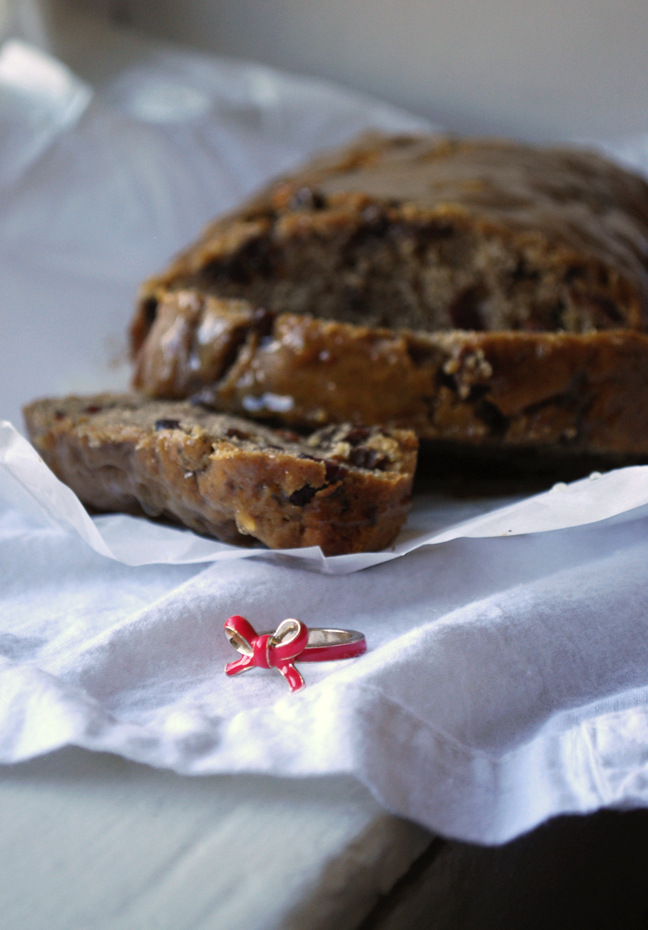A British one, is characterized
As British. But don't be surprised
If I demur, for, be advised
My passport's green.
No glass of ours was ever raised
To toast The Queen.
—Seamus Heaney, "An Open Letter"
I get asked a lot about why I am so fascinated with Ireland (and, standing here in the middle of senior fall with another 40 or 50 pages of thesis writing about Irish poetry ahead, I still am). The answer I give usually is a vagary about the British Empire, and Ireland as an interesting postcolonial study.
And I have spent quite a bit of the past two years thinking about Ireland as a colonial subject and imperial actor, from spies during the Irish Civil War to policies on prostitution after independence. It sometimes has been a rather simplistic study, a delineation of some nationalist ideal of what is "Irish" and what is "British" and other, a consideration of a country supposedly still reeling from a "long colonial concussion," to borrow Seamus Deane's phrase.
But I also love this island that I've never visited because of a certain empathy it has with my own background as a second generation immigrant. I think there is a sense of in-between-ness, uncertainty, and sometimes crisis in Irish culture and history that strikes a familiar chord. (This is merely my two cents; I do not, of course, speak for the Irish people. "I'll stick to I," as Seamus Heaney says in his poem). There is the question of losing a national language, of struggling for intellectual autonomy from a presence that has for so long been intertwined with one's own identity.
These themes certainly aren't unique to Ireland, and I'm not sure why I'm not studying someone who looks more like I do. But Ireland has been a literary and intellectual focal point for me, and will continue to be so, at least until I get that thesis in.
I'm going to hold off on all the jokes about Irish food I could be making right now, and just tell you about this tea bread. It's a spiced cake usually made in autumn, and is flavorful, moist, and dense. Traditionally, you add a ring to the batter, and the person whose slice of cake contains the ring will be the first person to get married. (I held off on the ring though, since I didn't want my friend to break a tooth when I shipped the cake to her).
Unlike most tea breads, this one actually contains a hefty amount of black tea in the batter itself, rather than being simply cake served with tea. Use Irish breakfast tea, if you can get your hands on it; it's rather stronger than traditional black tea.
I used English tea, and felt rather treasonous about it...
Love,
Caroline
Irish Barmbrack
An Irish tea cake featuring the flavors of autumn
Click here for the printable recipe.
Loosely adapted from Saveur
Yields: one 9x5 loaf (about 8 servings)
Ingredients
1 cup raisins or dried currants
½ cup dried cherries or cranberries
1 ½ cups strong black tea, cooled
4 tablespoons candied citrus peel (you can substitute 1 tablespoon freshly grated orange zest)
¼ cup dark brown sugar
1 egg
1 egg yolk
⅓ cup vegetable oil
1 teaspoon ground cinnamon
¼ teaspoon nutmeg
¼ teaspoon ground cloves
2 cups all-purpose flour
2 ½ teaspoons baking powder
¼ cup honey
1 tablespoon hot water
Directions
Combine the dried fruit, black tea, and citrus peel in a large bowl. Let sit for about two hours, so that the fruit re-hydrates and absorbs the tea.
Preheat the oven to 350 F. Grease a 9x5x3 inch loaf tin with vegetable oil. (Or line the tin with parchment paper).
In a large mixing bowl, whisk together the brown sugar, egg, egg yolk, and vegetable oil. Mix in the dried fruit and peel along with the tea they have been soaking in. Mix in the spices, followed by the flour and baking powder.
Pour the batter into the loaf tin, and bake for about 40 to 50 minutes, or until a skewer inserted into the center comes out clean.
Mix together the honey and hot water, and pour it over the top of the cake while it is still warm. Let cool for at least 15 minutes. Cut some generous slices and serve










